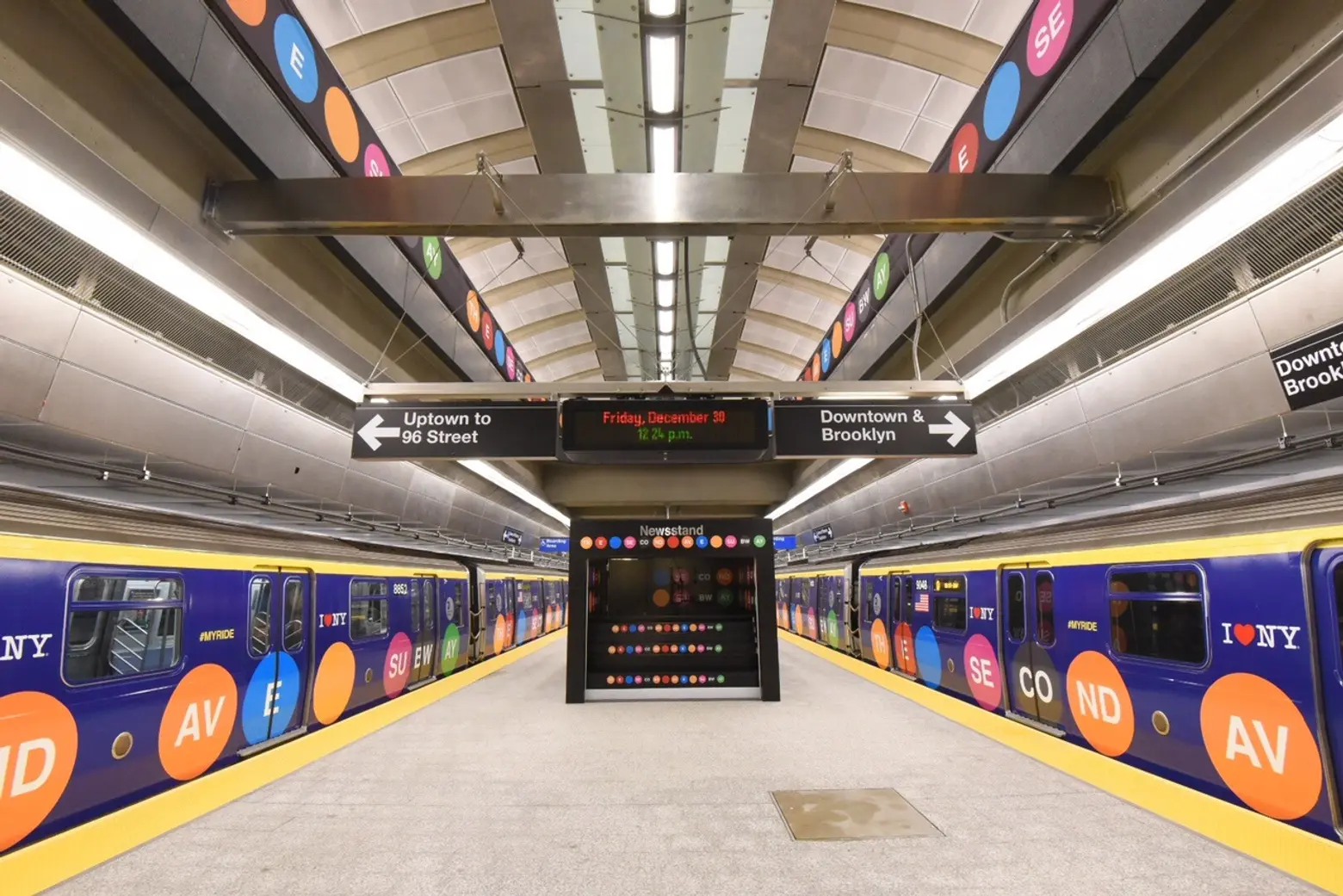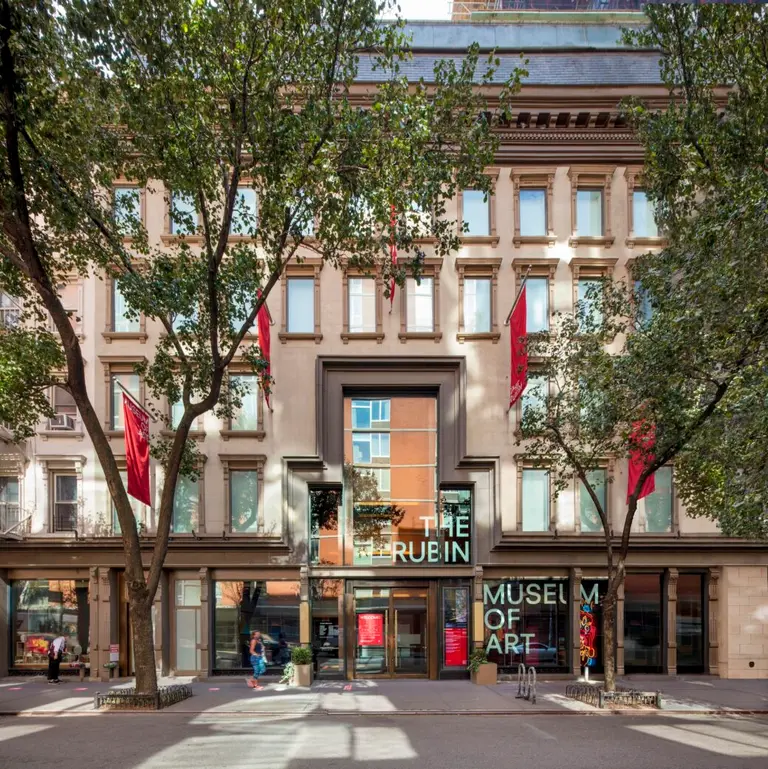To fund MTA projects, Cuomo calls for a tax increase on properties near the subway

Second Avenue Subway station, courtesy of Governor Cuomo’s Flickr
Gov. Andrew Cuomo’s proposed FY 2019 budget, released earlier this month, calls on New York City to increase its funding to the cash-strapped Metropolitan Transportation Authority, forcing the city to pay half of the authority’s $836 million emergency action plan. Another provision in the governor’s proposal allows the MTA to create special “transit improvement” districts and impose higher taxes on property owners in these areas in order to raise money for subway repairs and projects. According to the New York Times, the governor’s plan, known as “value capture,” would apply to future projects that would cost over $100 million. Like most issues involving both state and city cooperation, this proposal has continued the rift over MTA funding between the governor and Mayor Bill de Blasio, who has already expressed disapproval of the plan.
“To take our property taxes which pay for our police, our schools, you know, our parks, our sanitation, to try and take from our property taxes for something the state wants is absolutely unacceptable,” de Blasio said during a radio appearance on the Brian Lehrer Show last Friday. “The first thing the state should do is return the $456 million diverted away from the MTA.” According to the mayor, the $456 million in funds was collected mostly by the city and designated for the MTA but diverted elsewhere by the state over the past few years.
Cuomo’s plan will assess a neighborhood before and after a new transportation project to determine how much the area’s property values increased. Then, officials would look at the difference between the previous estimate and the new one. About 75 percent of the tax on the difference will go to the MTA, with the rest going to the city.
The value capture projects would be applied to future projects, or planned segments, like extending the Second Avenue Subway line north to 125th Street. The proposal would also target areas around projects (which could extend up to a mile from the station) like the East Side Access plan, which would connect Long Island Rail Road to Grand Central Terminal, and the renovation of Penn Station.
City officials say including railroad projects would be unfair to NYC residents, as these projects mainly benefit commuters coming into the city from surrounding suburbs. According to the first deputy mayor, Dean Fuleihan, 70 percent of the transit agency’s revenue comes from the city through taxes and fares. Commuters from outside of the city pay just the fare.
Value capture has funded transit projects in other U.S. cities, like Los Angeles and Seattle. In New York City, Mayor Bloomberg used value capture to pay for the extension of the 7-line to Hudson Yards. Next week, de Blasio will testify at the state legislative budget hearing to discuss the state’s fiscal demands on the city to contribute more to the MTA.
[Via NY Times]
RELATED:




























